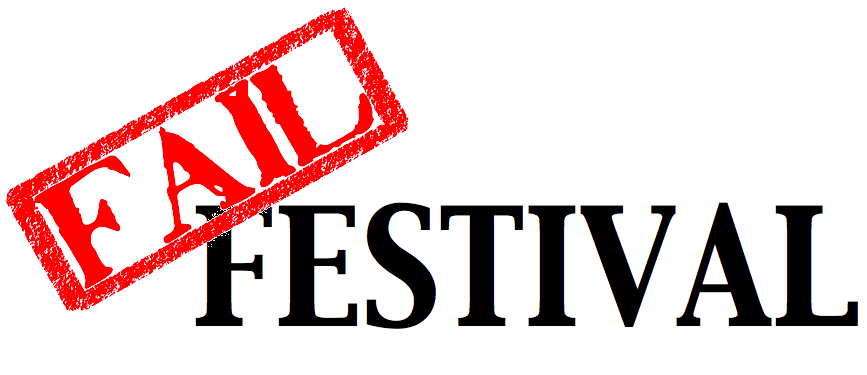
International aid programs can sometimes fail, even when designed with noble intentions, leading to negligible impact or even adverse outcomes.
Turn failure into a strength with a Fail Festival!
Here are six reasons for international development failures that are great lessons learned for professionals dedicated to humanitarian work. This analysis includes real-world examples illustrating each type of failure.
1. Poorly Executed Programs
Even the most well-intentioned initiatives can falter due to inadequate execution, often stemming from a lack of alignment with local conditions or insufficient planning. Another common execution problem is premature abandonment.
Example: PlayPumps in Malawi
For example, many water infrastructure projects have fallen into disrepair simply because they did not consider local contexts and weren’t maintained long enough to become sustainable. PlayPumps International went from a small South African effort to a multi-donor cause célèbre to most recently, a poster child for good intentions gone bad in Africa.
Good execution requires not just initial implementation but sustained support until projects can stand on their own.
2. Ineffective Programs
Aid projects can also fail when they are based on incorrect assumptions about the target population, resulting in minimal or no positive impact.
Example: HIV/AIDS Education in Kenya
A study of Kenya’s national HIV/AIDS education curriculum revealed that it had little to no effect on students’ knowledge, attitudes, or behaviors. Evaluators found that parents valued boys’ education over girls, expecting the girls to drop out to help at home. In some cases, this increased the likelihood of girls entering into marriage following a pregnancy, indicating that the program did not achieve its intended outcomes.
A better intervention would have reduced the cost of education by paying for school uniforms. This act alone can reduce dropout rates, teen marriage, and childbearing.
3. Harmful Aid Projects
In certain instances, aid projects not only fail to deliver benefits but also cause harm to the communities they aim to assist.
Example: The Gaza Floating Pier
In 2024, the United States constructed a $230 million floating pier off the coast of Gaza to facilitate the delivery of humanitarian aid. The project faced numerous challenges, including damage from weather conditions and logistical issues, resulting in the delivery of only a fraction of the intended aid.
Critics labeled the initiative a “colossal failure,” highlighting how poorly conceived aid projects can exacerbate existing problems rather than alleviate them.
4. Mismanagement and Corruption
The misallocation of funds and resources due to corruption or mismanagement can severely undermine the effectiveness of aid projects.
Example: Phantom Aid in Afghanistan
Between 2002 and 2009, Afghanistan received approximately $35 billion in international aid. However, a significant portion of this aid did not reach the intended recipients due to corruption and mismanagement.
Funds were often diverted, and projects failed to improve the economic and living conditions of the Afghan population, exemplifying how corruption can derail aid efforts.
5. Lack of Sustainability
Projects that do not consider long-term sustainability can lead to dependency or collapse once external support is withdrawn.
Example: The Millennium Villages Project
The Millennium Villages Project, initiated to achieve the U.N.’s Millennium Development Goals in rural Africa, implemented various interventions to alleviate poverty. While there were short-term improvements, critics argue that the project lacked sustainability and scalability.
As external funding diminished, many of the gains were not maintained, highlighting the importance of planning for long-term sustainability in aid projects.
6. Cultural Insensitivity
Aid initiatives that do not account for local cultures, traditions, and social structures can face resistance or fail to meet their objectives.
Example: TOMS Shoes Donation Program
TOMS Shoes’ model of donating a pair of shoes for every pair sold aimed to address footwear shortages in developing countries. However, in some communities, the influx of free shoes disrupted local markets and economies, leading to unintended negative consequences.
This underscores the need for cultural sensitivity and economic consideration in aid distribution.




